What Do Plants Need to Grow – 9 Essential Components
-
Pete Ortiz
- Last updated:
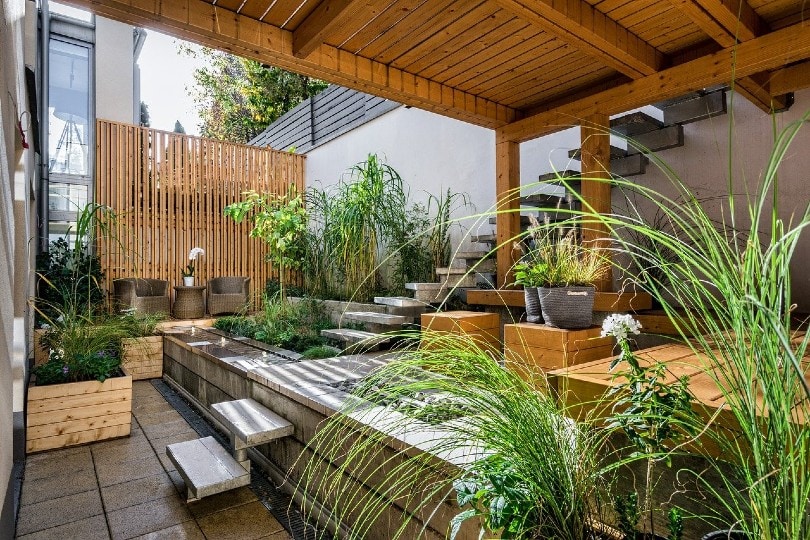
Some students are lucky to have botany classes as part of their education. That knowledge can in very handy when you want to plant a garden or maintain the health of indoor plants. However, what is learned in a botany class only scratches the surface of what some plants need to grow. After all, differences are likely with approximately 435,000 land plant species alone, of which scientists consider about 36.5% as rare.
We’ll dig deeper into these elements and explain why each of these needs are essential for plant growth.
The 9 Components Plants Need to Grow
1. Sunlight
All plants need sunlight for solar energy. The moon has no effect whatsoever on growth. It is the catalyst for photosynthesis or how plants make food in the form of carbohydrates. The primary products are two simple sugars called glucose and fructose. They fuel growth, development, and reproduction.
Plants have sophisticated survival mechanisms. If there is insufficient sunlight, they will conserve resources and stop growing. If there is too much, a plant can get sunburn, killing the leaves and flowers. There’s also the matter of partial or direct sunlight. Forest species may thrive in the former, whereas prairie plants need several hours of light to develop fully.
The amount of sunlight that a plant uses depends on its foliage or leaf growth. A chemical called chlorophyll exists in specialized plant organelles called chloroplasts. The compound also gives plants their colors. However, this description is a simplified version of the chemistry going on within these species. Suffice to say that there are many variations on the theme, which we’ll discuss later.
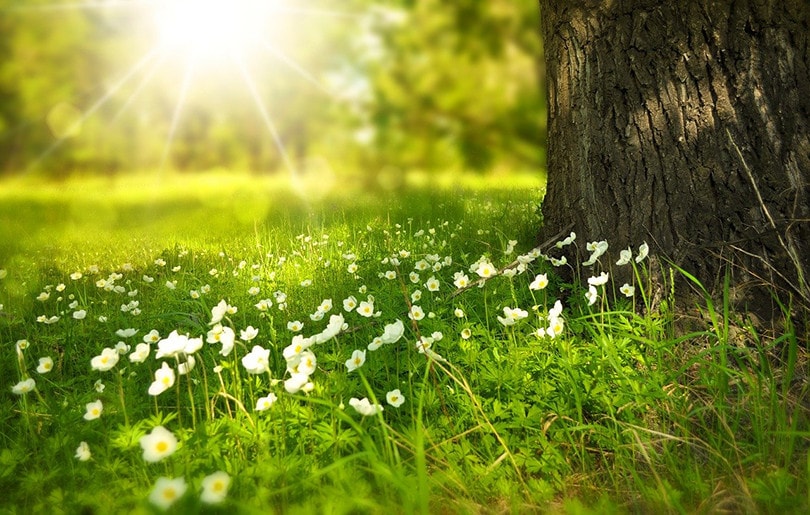
2. Warmth
Plants need sufficient warmth to grow for several reasons. Some metabolic reactions won’t occur if the temperature isn’t high enough. For example, it must be at least 50℉ for grapevines to start their annual growth pattern. Otherwise, they’ll stay dormant until the conditions improve. It’s something you’ll see on seed packets that provide a suggested sowing time based on site-specific climate.
It isn’t just warmth or a specific temperature that a plant needs. It’s also about the extremes, particularly when it comes to cold temperatures. The USDA Plant Hardiness Zone Map classifies the country into 26 zones and subzones based on the average annual minimum winter temperature for a specific area. Some species aren’t capable of surviving extreme conditions and will die over the colder months.
Plants vary in their tolerance levels. Evolution is the driving factor based on what a species may typically have to handle in a particular climate and location. For example, grapes do best in areas between 30°–50° latitude north and south of the equator. However, climate change will probably have the last say in that matter.
3. Carbon Dioxide
Going back to photosynthesis, sunlight was only one part of that equation. Carbon dioxide is also critical for it to occur. This chemical supplies the plant with some of the building blocks it needs to produce those sugars, namely, carbon and oxygen. A complex series of reactions extracts these raw materials. A plant won’t use all the oxygen it receives, making it one of the byproducts of photosynthesis.
This fact is why some believe that plants are essential to purifying indoor air quality. Unfortunately, the effects aren’t as promising as the hypothesis may suggest. Researchers have found only limited positive impacts. However, scientists have found evidence of improved mental health and well-being with indoor plants. Just make sure they’re safe if you have pets at home.
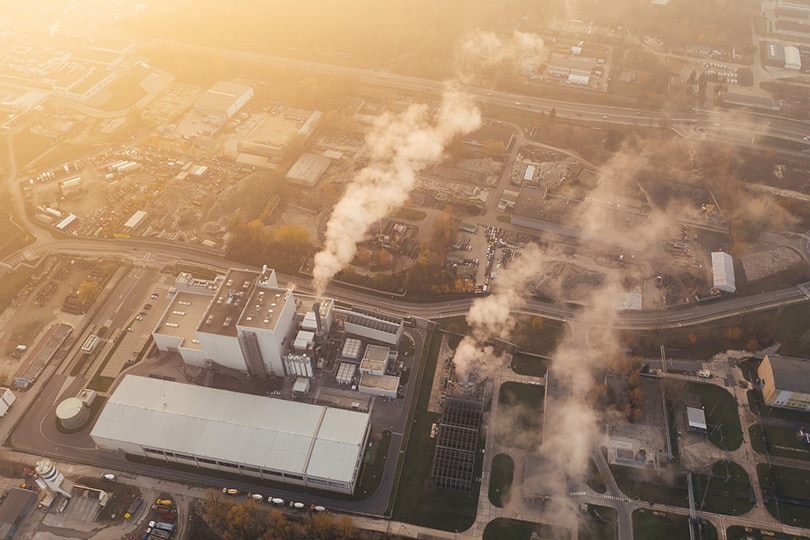
4. Water
All plants need water but to varying degrees. Think desert versus wetland species. Water molecules also provide raw materials that plants use to produce sugar. However, it’s the proverbial double-edged sword. Too little will cause them to shut down growth to conserve resources for survival. That’s one reason why you don’t have to mow your grass during the height of summer. For grapes, the turning point is 90℉.
Too much water is also problematic. It can create the perfect storm for bacterial and fungal diseases to develop that can kill your plans. It’s not just about the water on the ground, either. It’s also the humidity. It’s one factor in the tenacious blight infection that many gardeners and farmers fear.
Interestingly, plants have evolved ways to conserve water. Moisture exchange takes place through tiny openings on the underside of their leaves called stomata. Often, transpiration occurs during the day. Desert plants flip the coin and allow it to occur at night. That helps to ensure that they have enough water for survival and photosynthesis. They even use an adaptive photosynthesis process to help.
5. Soil
Soil plays several vital roles for plants. It gives a space for roots to grow to anchor them to the ground. It also contains many essential nutrients, some of which are critical for photosynthesis. Some species prefer particular types over others. For example, corn and soybeans flourish in the Midwest’s dark, rich prairie soils.
It’s also about drainage. Some soil types, such as clay, hold onto moisture. Only species that can tolerate these conditions will survive. On the other hand, water drains quickly from sandy soils because of the relatively larger particular size that allows moisture to pass through easily. The pH will also vary because of the soil chemistry. Some species may prefer acidic or alkaline types.
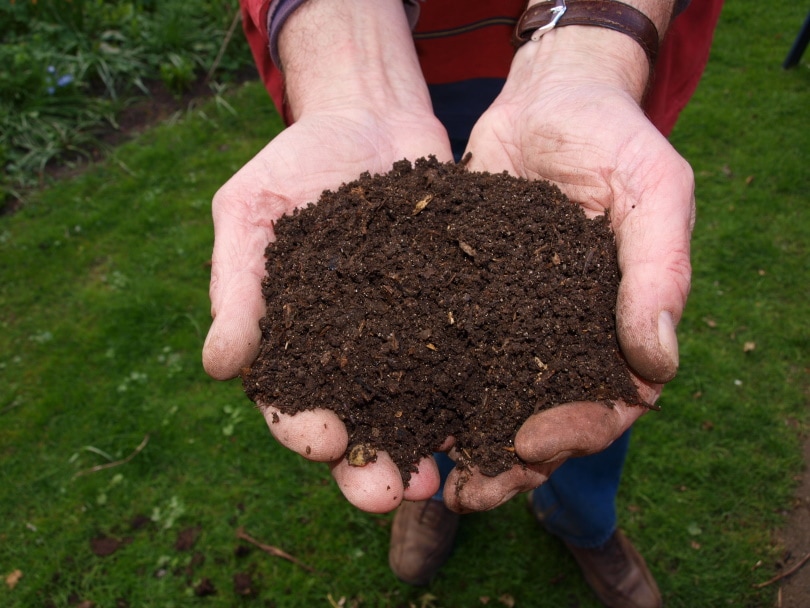
6. Nutrients
The soil supplies the vital nutrients that a plant needs to grow. Some come from the organic matter it contains. Inorganic chemical compounds are also necessary. The top three are nitrogen, phosphorus, and potassium. These are the ingredients you’ll find in fertilizer. Even though our atmosphere contains about 78% nitrogen, most plants can’t absorb it from the air. That’s where soil amendments come into play.
Other species, such as legumes, can fix nitrogen from the air. They can make it in a form that is more accessible to plants with the help of specialized bacteria and enrich the soil. That’s one reason why farmers might rotate soybeans and corn crops to get a ready source of nutrients for the next growing season. It’s also a means to control pests.
7. Space
You’ll notice a “Recommended Spacing” suggestion on seed packets or plants that you buy. It’s essential for several reasons. It can ensure that they have enough room to grow, considering their mature sizes. It’s also a way to balance the plants’ survival with the available nutrients.
Many species will continue to grow and invest energy in leaves and foliage with enough nutrients. Plants that are stressed by deficiencies will direct their resources to flower and fruit development. After all, the goal is to live long enough to reproduce and pass on your DNA. That’s what’s happening when plants have to work to survive. It’s a concept farmers use to help control yields with plant density.
8. Pollinators
Plants develop fruit as one way to disperse their seeds. Birds or other animals eat them and release them into the environment. Flowers are another way to attract pollinators, such as hummingbirds, butterflies, and bees. However, some plants have other strategies, too. Some species have male and female reproductive structures and can self-pollinate.
Often, the wind takes care of the task by spreading the pollen to the female parts of the plant. Even people or animals may inadvertently or purposely do it by brushing against them. That is one reason you see many cultivars of popular species through selective breeding.
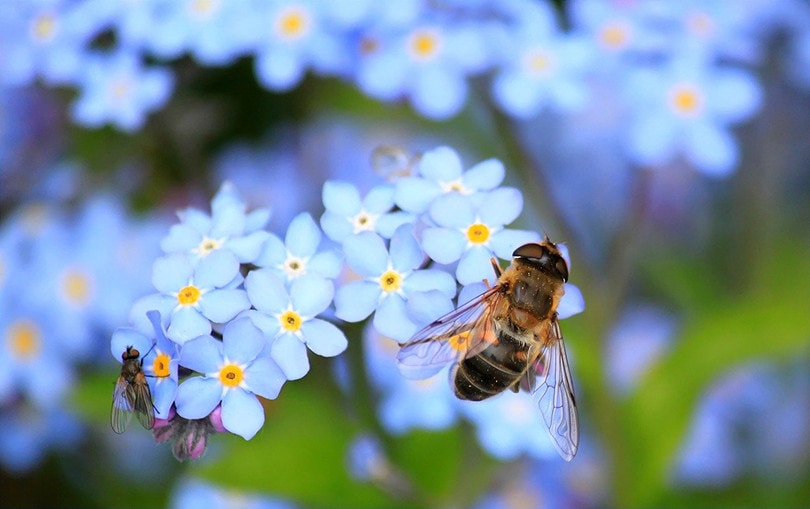
9. Right Habitat
The right habitat has the right mix of the previous things we’ve discussed. Scientists call it a plant’s niche. Many species have adapted to fill various spots in a habitat. For example, plants in alkaline soil might develop a tolerance for it over time. Some are innately more adaptable. Think of some houseplants like the spider plant or mother-in-law’s tongue that survive no matter how much you neglect them.
A place that can fulfill everything a species needs is the best place for it to grow. The plant can focus its energy and resources on growth and reproduction without having to struggle. Of course, the ideal habitat is something you’re more likely to see on paper than in reality. Nature never fails to surprise us.
Plant Growing Tips
The best advice we can give you for growing plants successfully is to research the species that match what you can provide. It doesn’t matter if it’s a houseplant for your office or perennials for your landscaping. Use the guides like hardiness zones, planting intervals, and hours of direct sunlight to make sure the place is the right fit for the plant.
In Conclusion
As you’ve seen, saying a plant needs sunlight, water, and warmth only scratches the surface. There are fascinating stories about these species that speak to evolution, adaptability, and survival. And the fascinating thing is that we aren’t even finished discovering new species. Scientists are still finding new ones and reclassifying others to fit the new knowledge that we’ve gained. It’s a true, endless tale.
- Related Read: 10 Gardening Facts – Trivia and Statistics on Gardening
Featured Image Credit: Krakowgardendesign, Pixabay
Contents


